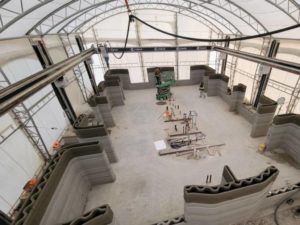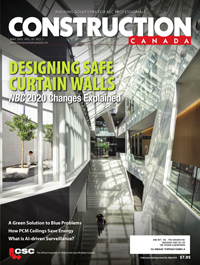Alberta’s 3D-printed affordable housing to use low-carbon cement

Lafarge Canada and nidus3D have joined forces for one of Canada’s largest 3D-printed housing projects, “Kakatoosoyiists” (Star Lodge), located an hour east of Calgary, Alta. This initiative aims to address housing challenges faced by the Siksika Nation, particularly those escaping domestic violence or homelessness.
Lafarge is contributing its low-carbon cement, OneCem, known for a reduced carbon footprint of up to 10 per cent compared to traditional cement.
Nidus3D’s first venture in Alberta, the project consists of four buildings with sixteen units. The company, having previously completed 3D-printed housing projects in Ontario, expresses excitement about showcasing the technology’s potential in addressing Canada’s housing crisis.
The undertaking directly responds to concerns highlighted by the Social Planning & Research Council of Hamilton, revealing that Indigenous peoples in Canadian cities are eight times more likely to face homelessness than the general population.
Brad Kohl, president, and chief executive officer (CEO) of Lafarge Canada (West), emphasizes their shared goal with nidus3D, extending beyond innovation to address critical housing needs and foster a resilient, inclusive future through sustainable construction practices.
“Nidus3D is honoured and energized to be working with Siksika First Nation and Lafarge Canada on this innovative Canadian first,” says Ian Arthur, nidus3D’s president. “This multi-build development will not only provide much needed housing, but also show the immense potential of 3D construction printing to address Canada’s housing crisis. This project will demonstrate efficiencies and savings the technology can deliver through rapid, repeatable construction.”
The construction, currently underway, signifies the potential of combining expertise, resources, and a shared commitment to building not just structures, but sustainable, supportive communities. The project is expected to be completed by March 31, 2024.


